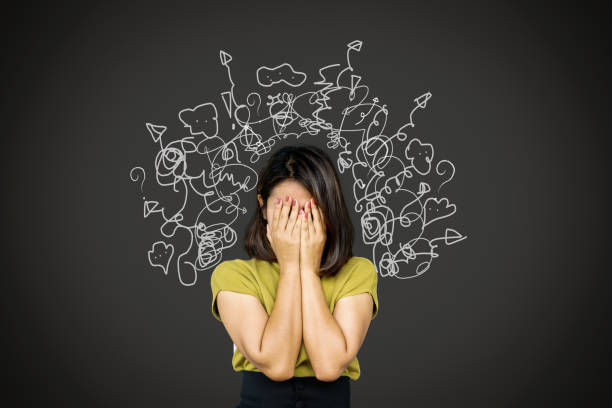Body Image and Anxiety Pressures from society and body image
First of all,
Psychological well-being and body image—the subjective assessment of one’s physical appearance—are closely related, especially when worry is present. Body dysmorphia and eating disorders are frequently linked to concerns about one’s body image; however, there is more to the relationship between anxiety and one’s body than meets the eye. In order to reveal the hidden complexities of the relationship between anxiety symptoms and body image, this essay will examine how cultural norms, psychological processes, and societal influences interact to affect people’s experiences and self-perceptions.
Pressures from society and body image:
People in today’s culture are under a lot of pressure to meet unattainable standards of physical attractiveness due to the widespread cultural ideals of beauty and thinness. We are constantly exposed to airbrushed perfection through media representations, advertising campaigns, and social media platforms, which creates an unachievable standard that encourages discontent and self-criticism. As a result, people may become more anxious as they internalize messages from society about the failings and limitations of their bodies, which creates a pervasive sense of vulnerability and insecurity.
Mechanisms of Psychosis:
A person’s perceived and idealized body image can differ, which can lead to anxiety by causing cognitive distortions and unfavorable self-evaluations. In order to reduce anxiety-inducing experiences associated with body inspection, people may constantly compare themselves to others, participate in body-checking practices, or stay away from social situations. Furthermore, dwelling on one’s own perceived shortcomings can feed a vicious loop of compulsive actions and obsessive thoughts, aggravating anxiety symptoms and reducing one’s capacity to operate normally.
Body Image and Cultural Norms:
The expectations and ideals around body image are greatly influenced by cultural norms and values in several societies and cultural groupings. People who are not thin enough to fit the ideals of beauty and success that are associated with thinness in Western countries may feel more anxious and dissatisfied with their bodies. However, in societies where greater body sizes are seen as a sign of fertility and affluence, people who defy these norms may be subject to prejudice and stigma, which can cause concern about their social acceptance and sense of belonging.
Intermarriage and Self-Image:
Anxiety is made more difficult to experience by the interaction between body image and other social identities like race, gender, and sexual orientation. Women of color, transgender people, and LGBTQ communities are examples of marginalized groups who may experience interlocking kinds of discrimination and oppression that worsen body image issues and raise anxiety levels. Furthermore, people may be discouraged from asking for assistance or talking about their issues due to the overlap of stigma around mental health and body image, which can exacerbate feelings of shame and loneliness.
Media Influence and Dysmorphic Body Image:
Consuming media, especially when exposed to idealized representations of beauty, can hasten the onset of body dysmorphic disorder (BDD), a crippling illness marked by an obsession with one’s perceived imperfections in appearance. BDD sufferers have severe worry and concern over how they look, and in an effort to cope, they frequently turn to obsessive activities like overgrooming, seeking reassurance, or getting cosmetic surgery. The widespread availability of digital editing tools and filters exacerbates issues related to body image and increases anxiety in susceptible groups by making it harder to distinguish between truth and imagination.
Social anxiety and body image:
Social anxiety and body image issues frequently coexist because people worry about being rejected and receiving unfavorable feedback about their appearance. Socializing, public speaking, and engaging in close relationships are examples of activities that might increase anxiety because they make one feel self-conscious and like they are being watched by others. In order to deal with anxiety-inducing circumstances, people may resort to avoidance tactics or retreat from social engagements, which exacerbates feelings of loneliness and isolation.
Perceptual biases and distortions of body image:
People’s views of their bodies can be distorted by anxiety, which can result in perceptual biases and incorrect interpretations of sensory data. For instance, people who have body dysmorphic tendencies could see small faults as obvious defects, which could increase anxiety and cause them to be dissatisfied with their bodies. Furthermore, negative body image schemas are reinforced by cognitive biases such selective attention to unfavorable stimuli and memory distortions, which feed the vicious cycle of worry and unhealthy coping mechanisms.
In summary:
The complex interplay between anxiety and body image demonstrates the widespread influence of psychological processes, cultural norms, and social constraints on people’s self-perception and mental health. By revealing the hidden aspects of this relationship, we may create more all-encompassing strategies to deal with issues connected to body image and lessen the discomfort caused by anxiety. Promoting holistic well-being and opposing the social pressures that sustain body image concerns in our communities require embracing variety, encouraging body positivity, and building resilience.

